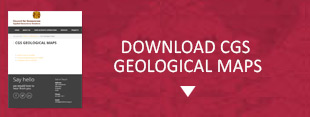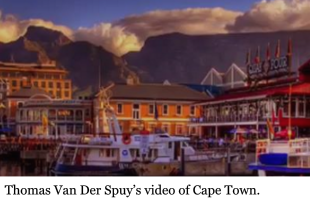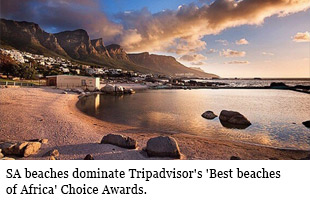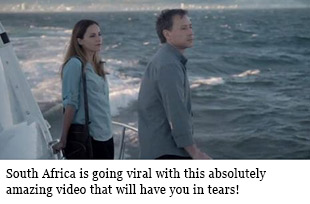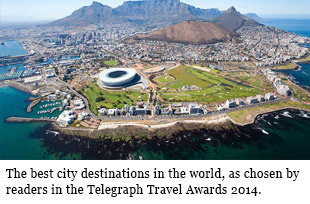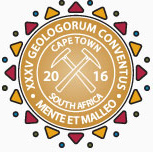
35TH INTERNATIONAL GEOLOGICAL CONGRESS
27 AUGUST - 4 SEPTEMBER 2016 | CAPE TOWN, SOUTH AFRICA
Sponsors
Keystone Sponsor
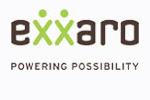

Diamond Sponsor


Gold Sponsor


Silver Sponsor
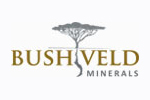

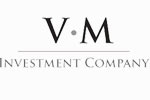
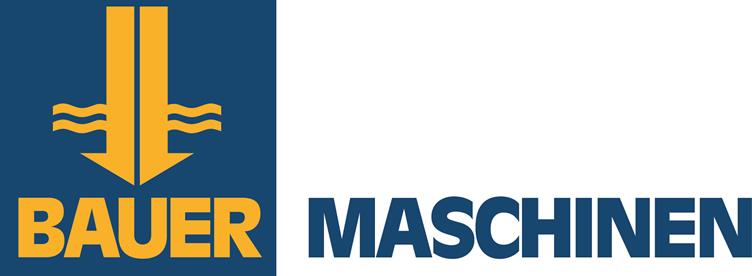




Business Centre Sponsor


Publication Sponsor




Social Function


Plenary Speaker Sponsor


Speaker Gift Sponsor


Post Graduate Fund


Registration


Welcome Drinks
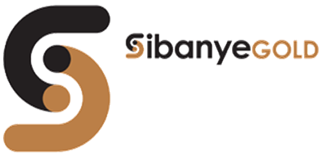

Lunch Time Drinks
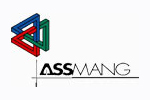

Publication &
35 IGC SAGPGF
35 IGC SAGPGF

35 IGC SAGPGF




MY IGC APP


Symposium Sponsor
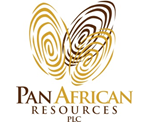
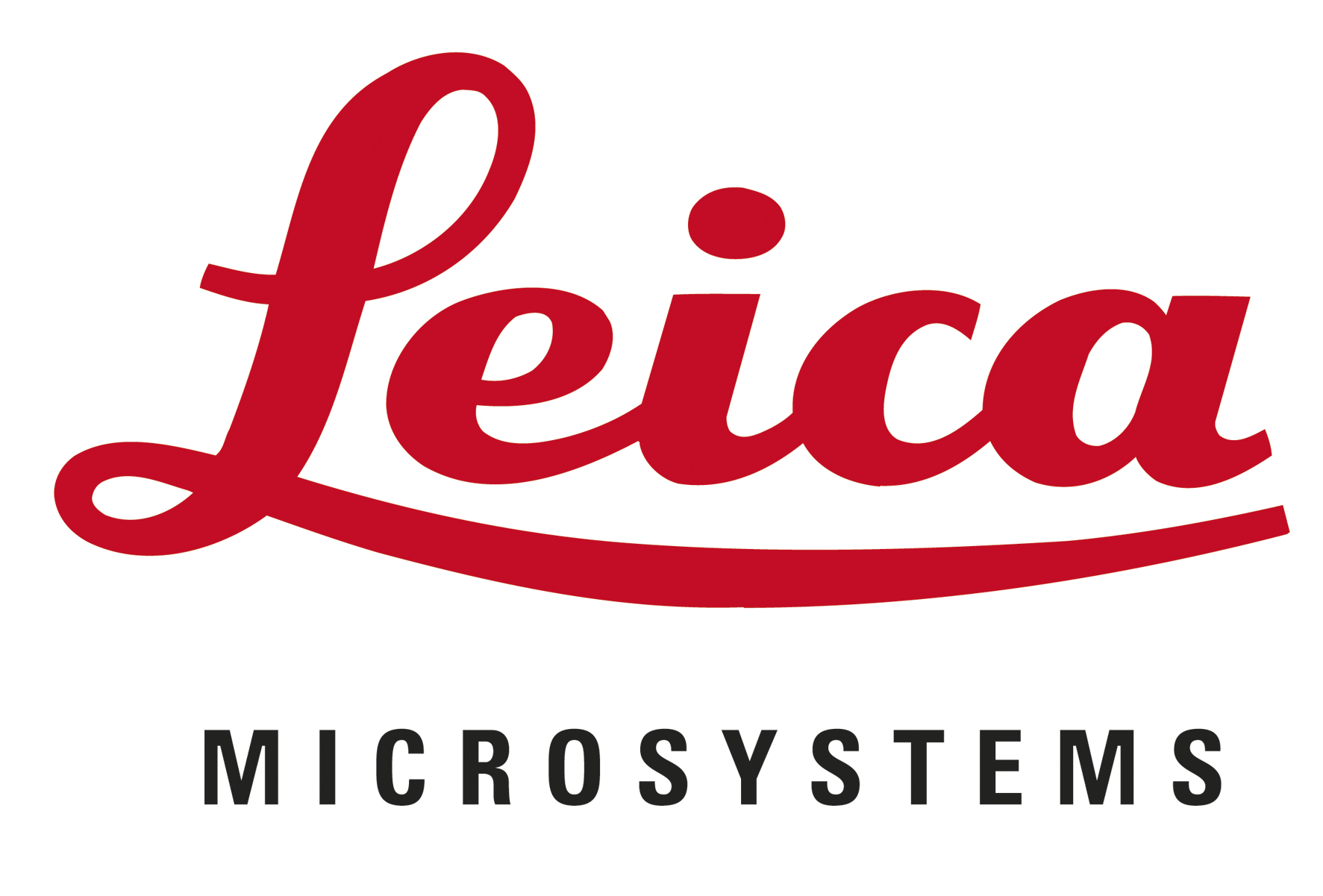


Audit Sponsor
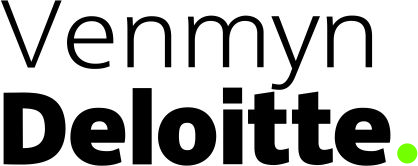

35TH INTERNATIONAL GEOLOGICAL CONGRESS
27 AUGUST - 4 SEPTEMBER 2016 | CAPE TOWN, SOUTH AFRICA
My IGC
Symposium Details
| Title | Description | Convenors |
|---|---|---|
| Applications of X-ray computed tomography in the Earth Sciences | X-ray computed tomography (CT) is a non-invasive imaging technique that allows the imaging of opaque objects in 3D. Thanks to its non-destructive character, ease of use and custom-tailored construction, CT has rapidly evolved into a powerful and versatile research technique that is widely applied in material research and process monitoring. Since petroleum industry first introduced the use of CT for the analysis of (petro)physical characteristics like porosity of oil-bearing sediments in cores, the application of CT rapidly developed. New advances in hardware and software allowed to visualize rock properties and structures in great analytical detail in a wide scale of resolutions from micro- to nanometer level. Constant developments in analysis software now permit quantification of (petro) physical properties of rocks and soils, visualization of fluid flow in porous materials, quantitative characterization of fossil remains, monitoring and quantitative analysis of rock deformation in geomechanical tests, etc. Combination with other (non-destructive) research techniques like X-ray fluorescence or especially designed technical add-ons provides additional information about mineralogical or mechanical properties. The latest developments in CT largely demonstrated its potential to visualize and quantify sedimentary processes in experimental set-ups, thus providing physical evidence for theoretical insights on sediment transport mechanisms. |This session warmly welcomes contributions that relate to the use of CT in the Earth Sciences in general, including papers on rock, soil and fossil properties and structures, as well as on the formation and deformation processes that sediments, rocks, soils and fossils undergo. | Patric Jacobs, Dominique Bernard, Veerle Cnudde,Pierre Francus and Bernard Long |
 Field trips
Field trips  Sponsorship & expo
Sponsorship & expo  Registration
Registration Tours
Tours  Promotion
Promotion 

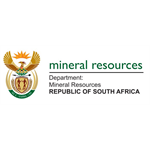












 Conference Programme
Conference Programme  Field trips
Field trips  Sponsorship & expo
Sponsorship & expo  Volunteer
Volunteer  GeoHost
GeoHost  Registration
Registration Tours
Tours  Promotion
Promotion  Publications
Publications


